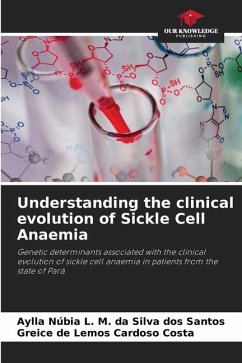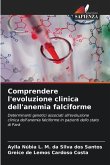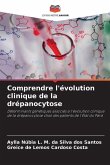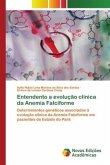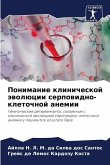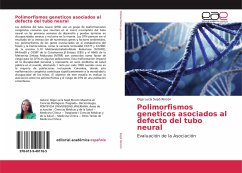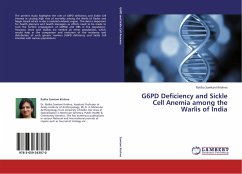Sickle cell anaemia is a disease that has direct implications for the vascular environment due to the polymerisation of haemoglobin S inside the erythrocyte, making them sickle and rigid. The two main phenomena that occur in FA, intravascular haemolysis and vaso-occlusion, generate disturbances in the vasculature of these patients and are responsible for a series of clinical complications. However, vaso-occlusion is a determining factor in clinical evolution, as the endothelium is responsible for vascular homeostasis, and any factor that could upset the balance, such as sickle cell erythrocytes occluding the vessels, triggers a cascade of pathophysiological events. In view of this, our aim was to investigate the influence of genetic polymorphisms that are directly or indirectly involved in vaso-occlusive processes on the clinical variability of sickle cell anaemia.
Bitte wählen Sie Ihr Anliegen aus.
Rechnungen
Retourenschein anfordern
Bestellstatus
Storno

